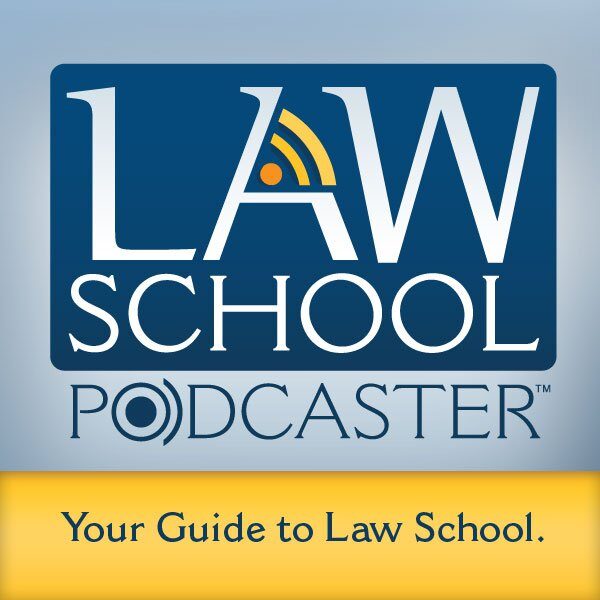A NALP Analysis of Class of 2009
“What do the NALP [employment] numbers really mean? Are we experiencing a major recession or, alternately, a fundamental reordering of the legal services industry?”
These are the questions posed and analyzed by William Henderson, Professor at the Indiana University Maurer School of Law, in The Class of 2009: Recession or Restructuring?, an insightful analysis of the legal hiring market for the Class of 2009 in the July NALP (National Association for Law Placement) Bulletin (pdf).
The perspective offered by Henderson focuses on employment data for the Class of 2009. He notes up front that, even though the Class of 2009 data on the surface (employment rate of 88.3%, which is only 3.6% off the historical high of 91.9% for Class of 2007) appears to reflect a “mild downturn in legal employment,” the NALP May 2010 press release and accompanying Selected Findings, reveal that the overall numbers mask job market weaknesses.
In particular, he notes that “many of the [2009] figures lose their luster when the numbers are pulled apart” and when you take into consideration the following:
• Approximately 25% of the jobs are temporary in nature.
• A substantial number of graduates are “employed�? by law firms but still deferred and without start dates.
• An estimated 2% of jobs nine months out were supplied by the law schools themselves.
• 10% of all jobs were part-time, versus 6% for the prior year.
• 22% of those employed were “still looking for work,�? compared to 16% from the prior year, which suggests a larger proportion of graduates are underemployed.
• The percentage of grads in solo practice increased from 1.9% to 2.9% of all jobs and accounted for over 5.0% of law firm jobs.
Henderson makes a case for predicting that we are witnessing a “fundamental reordering of the legal services industry,” rather than just a major recession. His analysis makes the following key points:
•Several decades of “relentless growth and prosperity” for law firms, the “surge in demand for corporate legal services, combined with a “conservative but highly profitable” business model, left law firms “ill prepared if ever exposed to truly competitive market forces.” “The crux of the problem is that the supply of “brand name�? legal talent globally — the very employers who have set salary expectations and absorbed thousands of law school graduates
annually — now meets or exceeds the demand. The capacity of this sector is enormous.”
•”It is now cost effective to build sophisticated cost control systems that enable in-house lawyers to compare law firm price and quality over time.” While just a relatively small number of companies are doing this now, the practice is “gaining momentum.”
•”The type of work that has long supported the large law firm leverage model is starting to dry up.” “In-house lawyers are obtaining cost savings through a “disaggregation�? process that unbundles the services of junior attorneys from highly experienced senior lawyers and sends the lower level work to outsourcing firms or contract attorneys.”
•”The economic forces affecting legal employers are destined to have a major impact on law schools and legal eduction.”
•Law firms will be judged increasingly by the quality and cost effectiveness of legal services rather than the credentials and pedigrees of their lawyers. Organizations like the Association for Corporate Counsel and its Value Challenge initiative are leading the way on this by creating databases that compile information about law firm technical expertise, efficiency and value.
•The economic structure of top-ranked law schools is almost entirely a function of a school’s place within the law firm entry-level hiring market, rather than the widely held view of law faculty that a top-ranked law school has better scholars.
•The practical effect of the U.S. News rankings methodology and the “employed at nine month after graduation” figures reported by law schools is that “law schools have a strong incentive to use Enron-like accounting methods to prop up their employment numbers.”
•While law firm hiring partners and administrators acknowledge that the human capital model is fundamentally changing, law firm partners focused on profits are skeptical of any changes that will cost them either “time or money.”
•Changes in the recruiting model are being forced on law firms by general counsel who are refusing to pay exorbitant hourly rates for first and second year associates. “If law firms have to absorb the cost of training first and second year lawyers, they have a strong incentive to hire fewer of them and keep them longer.”
•”These dynamics do not necessarily favor the most highly ranked law schools. . . Going forward, we can expect to see fewer associates hired by large corporate law firms and more rigorous screening, including behavioral interviews, psychometric tests, and parsing of résumés in search of non-academic indicators associated, at statistically significant levels, with long-term success within particular law firms. In an environment where clients increasingly evaluate firms based on value, grades and law school attended are less important.”
•Law schools that can demonstrate their students are smart, motivated, well-trained and versatile will “inevitably create more job options for their students.”
*** *** *** *** *** *** ***
For more information on this topic, check out our podcast The Current Economic Environment: What It Means for Law School Applicants and Students. James Leipold, Executive Director of NALP is a guest on the show.

